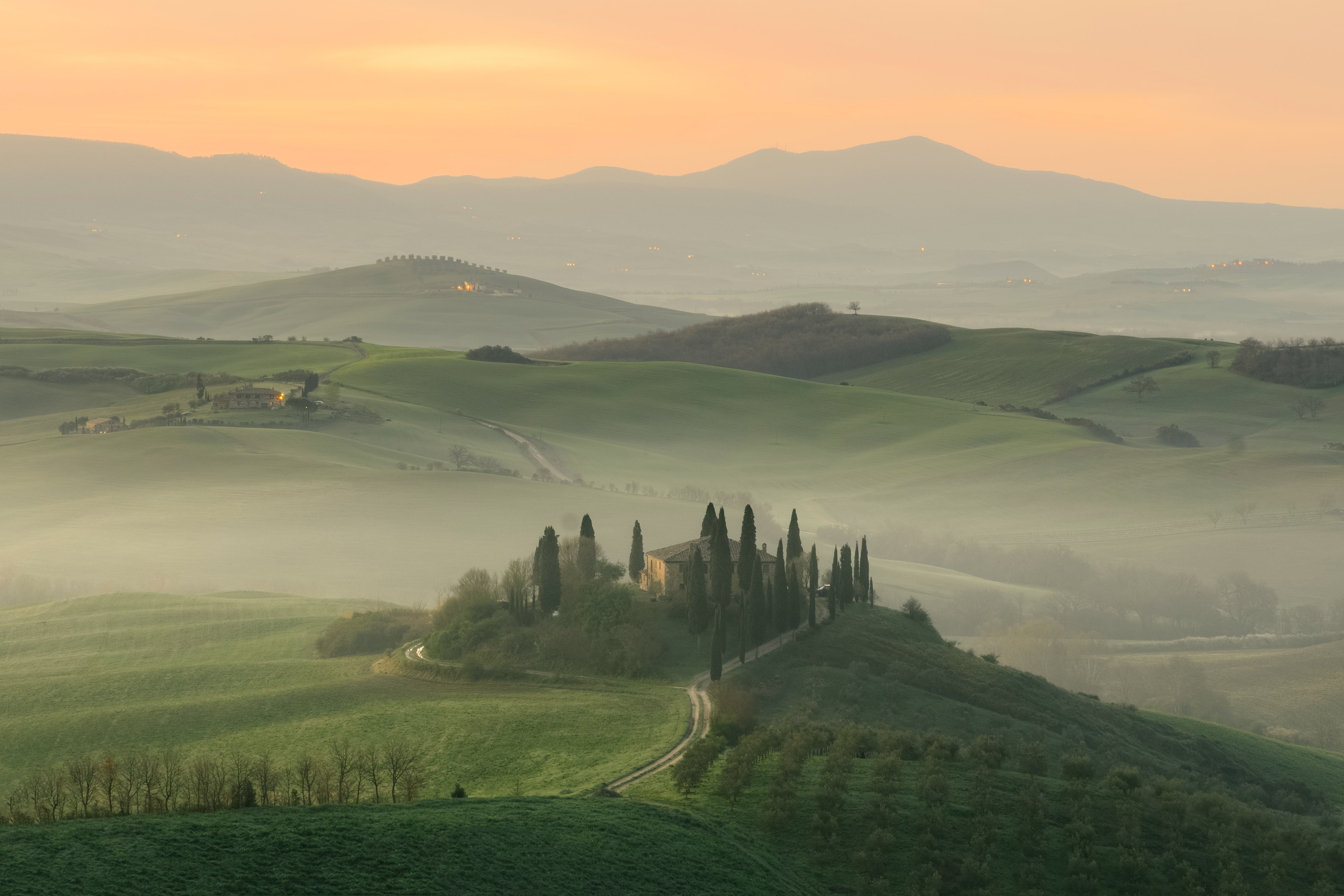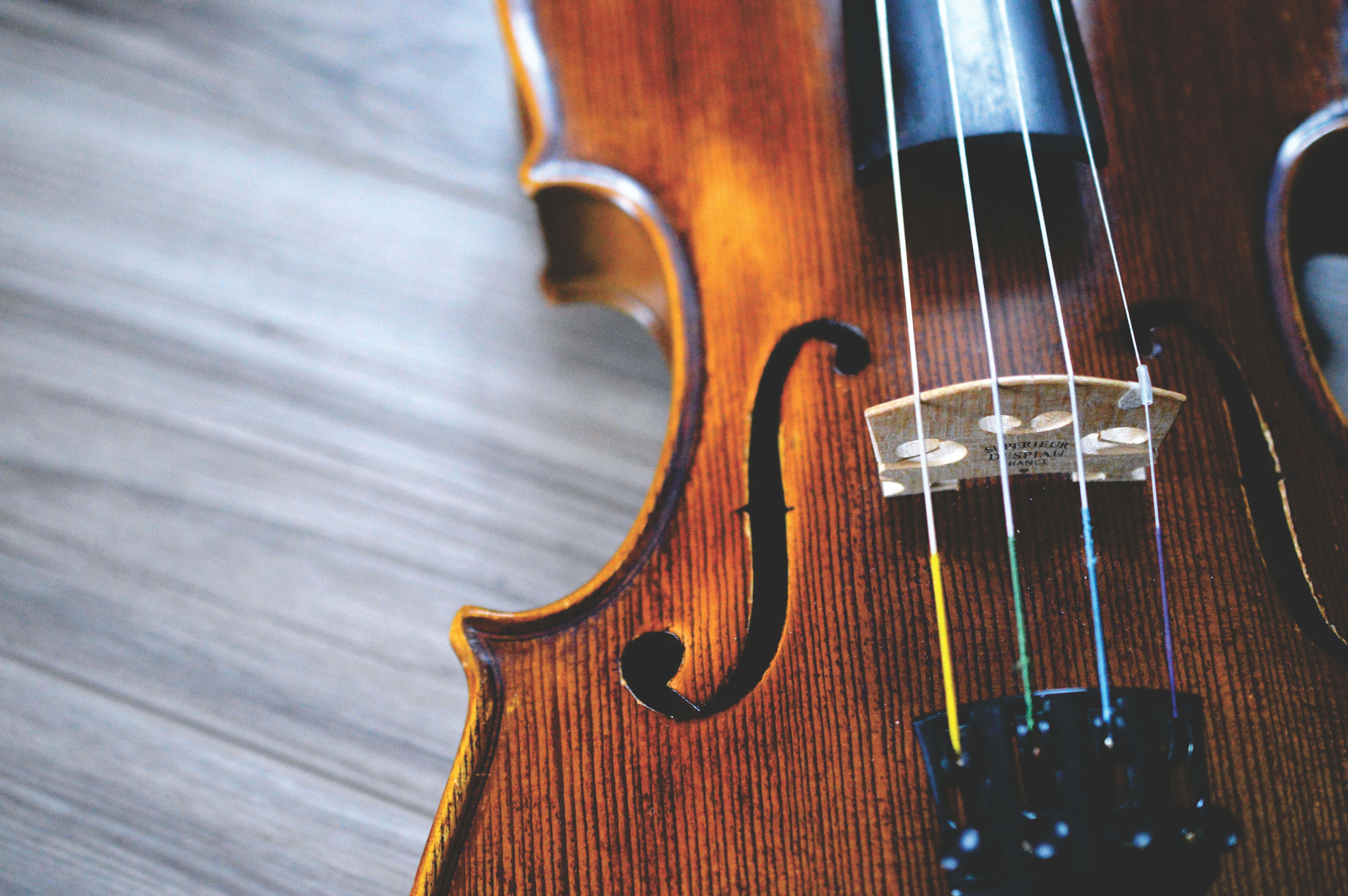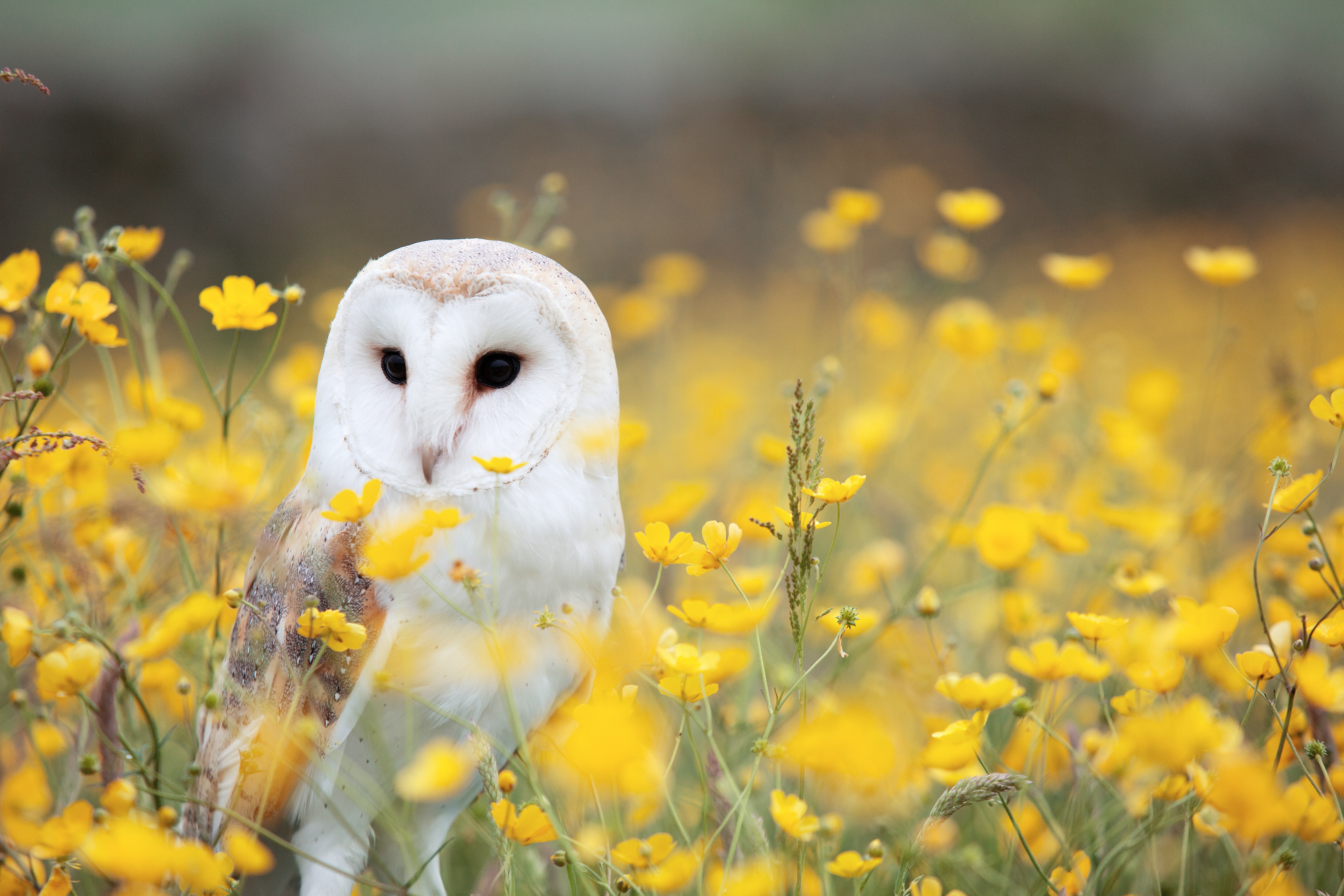Covid this week! Darn it. My bacon has been saved by the BBC Young Musician of the Year category finals which I watched avidly and wept my way through. Such virtuosity from the competing students and all under twenty years of age. I think of them as I struggle my way through my latest grade 3 piece on the harp.
During isolation I caught up with an old episode of Francesco da Mosta’s televised documentary series Italy from Top to Toe. On his way through Tuscany he interviews one of Iris Origo’s daughters – either Bernadetta or Donata sorry I’ve forgotten which – still living on the family farm which her parents purchased in 1923. This is relevant because I have been continuing my Iris Origo mini readathon with her second memoir published in 1970, Images and Shadows.
As I mentioned in my last post when I reviewed her biographies of Byron and Leopardi, Iris Origo (1902-1988) was born Iris Cutting to an Anglo-American family. When she was a child her mother moved the family to Italy– a move which caused consternation and tension between Iris’s mother and her maternal grandmother. Iris grew up mainly in Florence with visits to the grandparents in UK and US. Scholarly and multi lingual, she became an excellent writer.
Iris ‘came out’ as a debutante during the reign of King George V, Her Late Majesty Queen Elizabeth’s grandfather. Iris treats her coming out in the book with affectionate comedy, reminding us of dresses with trains, ‘absurd feathered headresses’ and ‘fender sized tiaras of the dowagers’ and the pure snobbery of who you knew, who you were and whether you had the ‘entrée’ (special permission to enter the palace via a private door) or had to queue with your carriage at the main gate. It is an age long gone, with girls dressed up like Cinderella only without the ashes or white mice.
Despite what seems to a modern audience great privilege, Iris suffered from the same teenage anxieties as everyone else, although perhaps played out on a wider stage, rather as today’s young rock stars are forced to air their linen tearfully in public. This was an era when doing the right thing, being seen in the right clothes for the right occasion was crucial. Every visit, every conversation, every dance, ball or party became a veritable social chess game of Kasparov-ian complexity.
Aka a minefield.
And spare a thought for the author having to do the whole social whirlwind thing in two languages, in Italy, England and America, each country with its own nitpicking and arcane rules and regulations waiting to swallow up any unsuspecting ingenue. For example, no-one, she writes, mentioned to her that you can’t go to an English country house weekend without a tweed jacket, a tweed skirt and a sensible pair of walking shoes! Thus when she turns up at Lord Ilchester’s home, Melbury in Dorset in blue serge and black shiny shoes, everyone stares and politely offers to lend her other clothing.
“I felt”, she writes “like a pekinese among a pack of hounds”
After her marriage to Antonio Origo, Iris and her husband searched Tuscany for a suitable estate to buy. When they first set eyes on Val d’Orcia in October 1923 Tuscany was nothing like the much visited, fertile land we know of today. Of Val d’Orcia, Iris writes:
“ …it offered no green welcome, no fertile fields. The shapeless rambling river bed held only a trickle of water, across which some mules were picking their way through a desert of stones. Long ridges of low, bare clay hills – the crete senesi – ran down towards the valley dividing the landscape into a number of steep dried up little water sheds. Treeless and shrubless but for some tufts of broom, these corrugated ridges formed a lunar landscape…”
Iris writes more about this time of their lives in her autobiographical account of the war years in Italy War in Val D’Orcia. This is a book I have read previously and won’t be reviewing it here but it’s fascinating stuff. A woman very much of her generation, She survived the tragic loss of her son, Gianni, to tubercular meningitis and went on to spend years working for the Prisoners of War Office of the Italian Red Cross in Rome. She also describes how she and her family had to flee Val d’Orcia during the German retreat, taking a number of refugee children to safety.
If sometimes it feels to us like our world is about to self-destruct, how much more so must it have seemed to those generations of the great war. Hers was the generation that sacrificed itself for those who came after and – privilege or no privilege – they were tough. The estate house she bought with her husband contained no electricity or running water when they first moved into it.
Images and Shadows is published by Pushkin Press.
***
Next up will be my review of Maggie O’Farrell’s The Marriage Portrait.





Leave a Reply to volatilemuseCancel reply